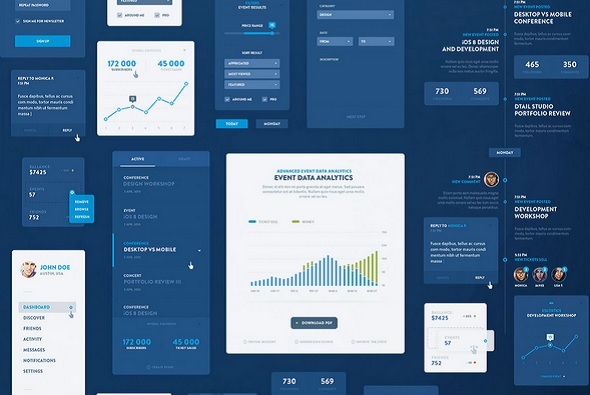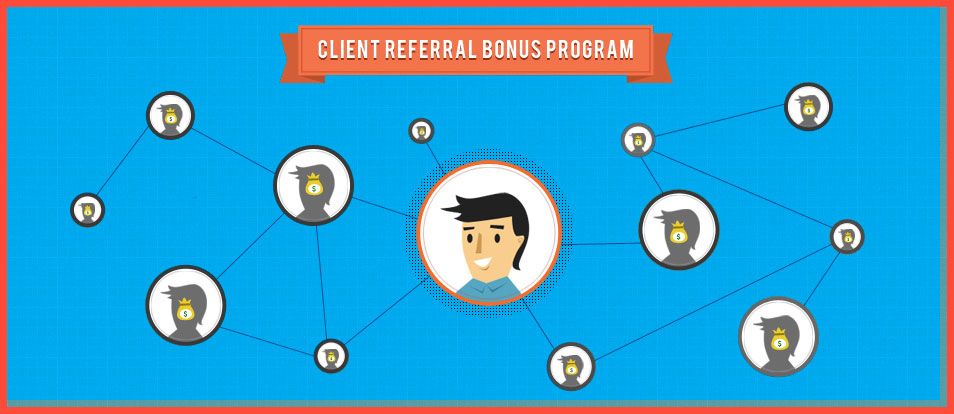Ever did a project and thought: “Mm, I have seen this challenge before. Maybe with another client? Dang, I wish I had written down the things I learned then, to make my life easier now!”
We do a lot of projects and try to learn our lessons well: after every project we write them down. Now we have a handy database with lessons learned that all our team members can tap into!
Let me share two lessons here, just to give you a taste of what is in our database. Unfortunately, I cannot share a lot of client information or design slides due to NDAs, but the below examples will give you a taste of what kind of lessons we were happy to learn!
1. DON’T GET FOOLED BY THE FUNCTIONALITY SHOW
Many of our clients have awesome UI/UX designers working for them. Man, these people really know how to make functionality look good! So good, that some of our clients start to believe that the functionality is so beautiful that people will automatically want to engage with it. In addition, because clients spent a lot of time designing their product concepts, they have a lot of feelings of ownership over their products (Core Drive 4: Ownership & Possession). They are often so enamored with what the product functionality can DO, that they think everybody will automatically want to interact with it.
Unfortunately, this belief is misguided. Many games have AMAZING UI that works flawlessly when you interact with it. But many ‘beautiful’ games are still boring and financial failures. Yes, looks do matter, but in the end they do not determine whether users will interact with your product.
Minecraft is the classical example of an ‘ugly’ game doing very well indeed. In the non-game world there are examples aplenty too: many Alpha or Beta products that come on the market are not beautiful at all, but can nevertheless be hugely successful.
The secret sauce here is that these products have optimized their designs for maximum user engagement. They often allow user unlimited autonomy (Core Drive 3: Empowerment of Creativity and Feedback) like in Minecraft. Often they also manage to create a curiosity push for the user to constantly want to experience more and leave them wondering what is next (Core Drive 7: Unpredictability and Curiosity). Facebook ‘s design is a good example here.
Add design that allows users to have meaningful interaction with others (Core Drive 5: Social Influence and Relatedness), which Linkedin still doesn’t do that well, and you have a good base for your functionality to thrive in long term.
LESSON LEARNED: FUNCTIONALITY IS IMPORTANT, AND BAD FUNCTIONALITY LEAVES PEOPLE FEELING STUPID, BUT IN THE END IT IS THE USER ENGAGEMENT THAT IS MORE IMPORTANT THAN ANYTHING ELSE.
2. THE POWER OF MUTUALLY BENEFICIAL REFERRAL PROGRAMS
We often get asked: “Please make our product go viral. We need to reach 1000% growth in the next 6 months. Can you help us?”.
Virality has been a HUGE buzzword worldwide and many people are looking for the holy grail to grow their user base. A growing user base can mean the difference between an investor wanting to invest or leave you sitting in the cold (sometimes literally!).
Now, there are many ways to help a product go viral. SEO and effective marketing are very important of course. But we have seen most viral growth through User Referral Design. User referral is not as easy as just asking people to refer friends and reward them for their efforts. Straight up monetary rewards are expensive and giving someone a bit of extra XP wears off quickly after the initial second of happiness.
Also, people are very hesitant to include their friends in your database unless they are really convinced it is worth it and they do not look too silly. Only when you have a very large user base and MANY people use your product, a blank referral may work. Farmville did this successfully. Remember the requests for sheep, combines and other useful ‘offers’ we got through Facebook requests? Too annoying right?
For us the trick has been to make the referrals connected to mutually beneficial boosters. Boosters have the effect that the user can do more in the experience (and save more money for example) for a limited period of time. So we do not say: “If you refer a friend, we will give you a $5 discount on the $15 price”, but we make it so that every referral becomes a power up.
We design it so that people get a xx% of the price for every friend they refer, up to a 100% discount (referrals need to happen within 15 days for example). At the same time, your friend gets an immediate $10 discount on their first bill. We dangle the prospect of getting something for FREE which would make us feel very accomplished (Core Drive 2: Development and Accomplishment). It really feels like you are doing your friend a favor as he gets $10 off without having to do anything in return but just pick up the discount (Core Drive 5: Social Influence and Relatedness).
Obviously this does not always work and if the product is irrelevant for your friend, it will still be annoying for him. No need to send me referral request if you are selling bikinis! Oh, and remember to always offer referral programs after the user has reached a Major Win State. This occurs when people have taken a major desired action the experience that is beneficial for the product owners. So for AirBnb, for example, the first major win state for renters would be hosting, and getting paid by, their first guests.
Oh, if you don’t believe the results: for La Quinta hotels and resorts we reached a K-factor of 700% (every user referred 7 other users). Another client now gets close to 50% of all its new users from our referral system.
LESSON LEARNED: USE MUTUALLY BENEFICIAL BOOSTERS IN YOUR DESIGN TO SPEED UP USER BASE GROWTH.
At The Octalysis Group we have many more lessons learned that we use in our consulting work with clients. Let us know if you want us to advise you on how to grow your own user base through Octalysis Human Focused Design.
Joris[at]octalysisgroup[dot]com





